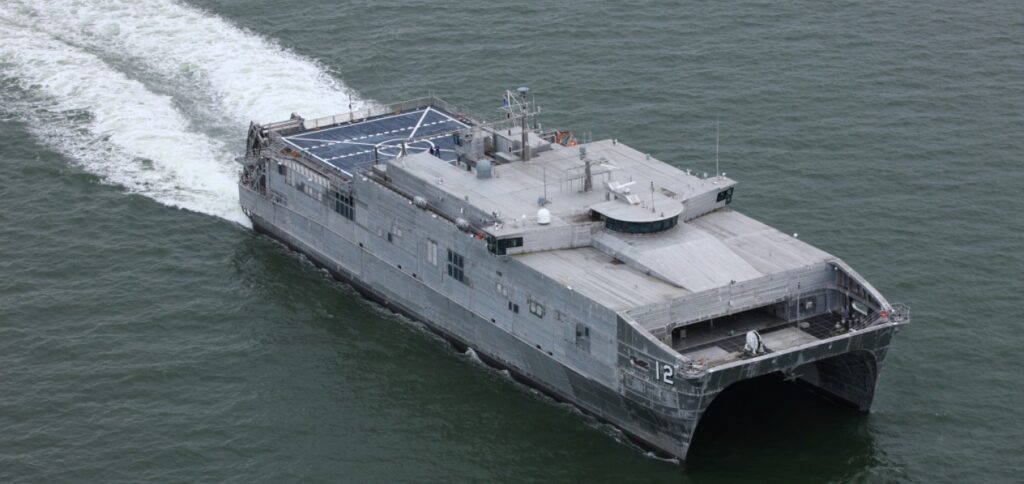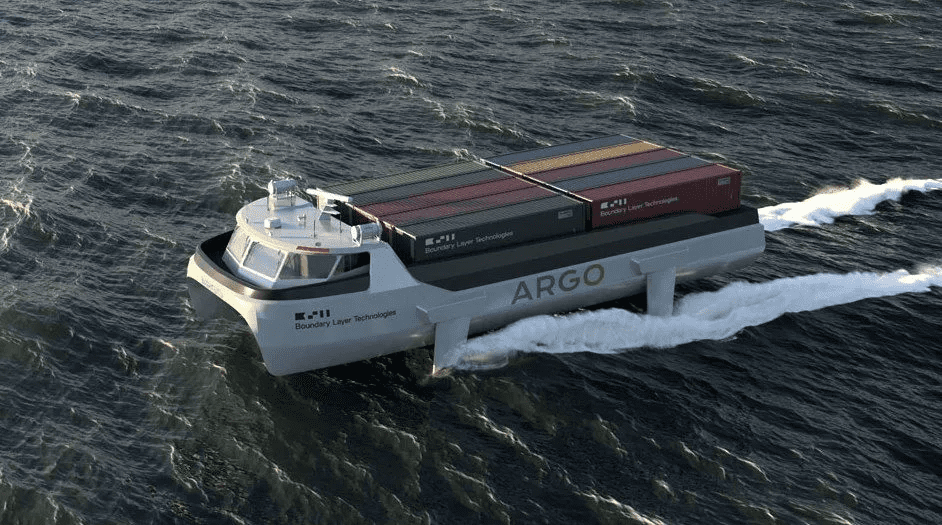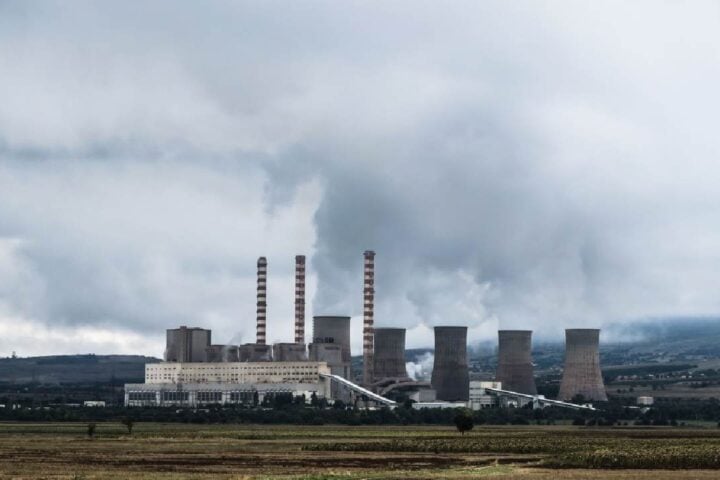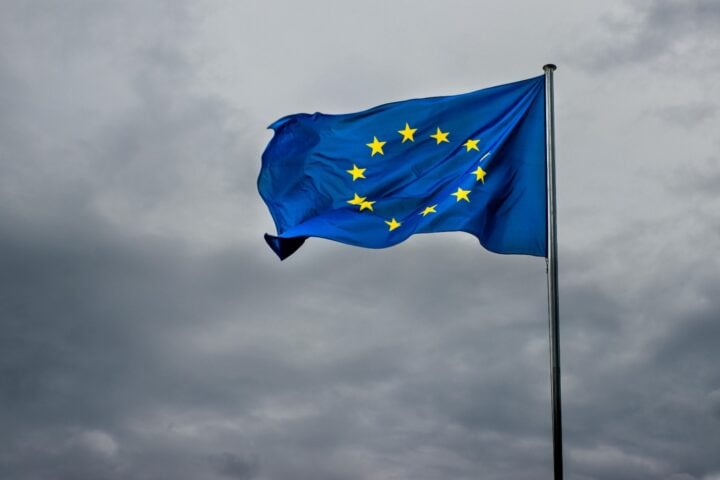Low-to-no emission ships are poised to revolutionize the shipping industry, reducing carbon pollution and offering a cheaper alternative to air freight. This industry accounted for 2% of global carbon pollution in 2021, and the International Energy Agency says it’s not on track to meet the “Net Zero by 2050 Scenario.” Start-ups such as Boundary Layer and B9 Shipping are developing zero-emission ships to reduce the industry’s negative impact on the climate. For instance, Boundary Layer uses hydrogen power and hydrofoil technology for its ARGO ships, which are as fast as air freight at 50% of the cost and produce no carbon pollution. B9 Shipping’s vessels, which rely on biogas and wind power, reduce fuel costs, and cut global emissions by nearly 1% without compromising performance.

The Yara Birkeland is an autonomous cargo ship that has been making waves in the shipping industry due to its innovative design and use of zero-emission technology. It is owned by Yara, a Norwegian chemical company, and is already reducing carbon pollution by 40,000 diesel truckloads per year. This vessel can transport up to 120 containers and is equipped with an electric propulsion system, which is powered by batteries that can be charged using renewable energy sources. The ship uses GPS, radar, and cameras to navigate, and it has been praised for its safety features and its ability to reduce operating costs. The Yara Birkeland is a prime example of the potential for low-to-no emission ships to revolutionize the shipping industry, making it more sustainable and cost-effective while reducing the industry’s negative impact on the environment. They have released its Industry Roadmap for Zero-Emission Shipping, which requires that at least 200 deep-sea vessels primarily use zero-emission fuels by 2030.

The US Navy is also embracing autonomous vessels. EPF 13 is the first-ever Expeditionary Fast Transport vessel with enhanced capabilities for supporting V-22 flight operations and launching and recovering 11-meter RHIBs. The ship, built by Austal USA, is part of the U.S. Navy’s Expeditionary Fast Transport program, which aims to provide high-speed transport of personnel and equipment to support expeditionary warfare. EPF 13 has an impressive top speed of 43 knots, allowing it to quickly respond to crisis situations. It also has enhanced manoeuvrability, speed, and shallow water access to support future Expeditionary Advanced Base Operations worldwide. The vessel is designed to be flexible and adaptable to a variety of missions, making it a valuable asset to the U.S. Navy’s fleet.

A new ferry service that is electrically powered and autonomously operated is set to launch in the Stockholm city center in the spring of this year. The Norwegian shipping company, Torghatten, plans to operate the service in Riddarfjärden, which lies between two inner-city quays. The 24-passenger ferry is designed and built by the Bröderna Aa shipyard in Hyen, Norway and operates on batteries, provided by technology supplier Zeabuz in Trondheim, Norway. The ferry will run for 15 hours per day and the batteries will be recharged overnight. Prior to its operation, the software has been tested in Trondheim and the ferry will initially have an operator onboard. However, after the initial test, it will be entirely operated from a land-based control room. The chair of the board at Ports of Stockholm, Clara Lindblom, praised the innovation and stated that water-borne traffic has the potential to contribute even more to sustainable transports.

Artemis Technologies, a maritime design and applied technologies company, has recently unveiled the EF-24 Passenger ferry, a 100% electric, high-speed ferry that aims to provide green transport solutions for operators, cities, and governments globally. The 24-meter vessel boasts a range of 115 nautical miles at a cruising speed of 25 knots and can travel at a top speed of 38 knots. It is powered by the patented Artemis eFoiler electric propulsion system, which is designed to lift the boat above the water, creating a comfortable and stable ride for up to 150 passengers on board. The ferry produces no emissions, providing fuel savings of up to 85% compared to conventional high-speed diesel ferries. In addition, the vessel is fully accessible and spacious, featuring facilities such as bike racks, overhead storage, and charging points. The EF-24 also comes with a high-speed collision avoidance system, which ensures the safety of operations in port and close to shore by safely diverting the ferry away from sea life, wildlife, debris, and other objects that may otherwise be obscured from view.
- Millions of Ladybirds Swarm Essex Coast as UK Records Hottest June Since 1884
- Murujuga’s Million Ancient Petroglyphs Win UNESCO Status Despite Industrial Pollution Concerns
- 🔴 LIVE Extreme Weather Alert Central: Texas Governor Honors Interstate Support in Catastrophic Flooding
- Qantas A380 Engine Hit by Aerobridge Creates 21-Hour Delay for Johannesburg-Bound Passengers
- Great Barrier Reef Faces UNESCO “In Danger” Decision as 8 Bleaching Events Destroy 50% of Corals
Low-to-no emission ships are poised to offer a sustainable and cost-effective solution for the shipping industry. Companies that are developing these technologies will play a significant role in creating a more sustainable future for the shipping industry, and we can only hope to see more companies joining in this endeavor.


















